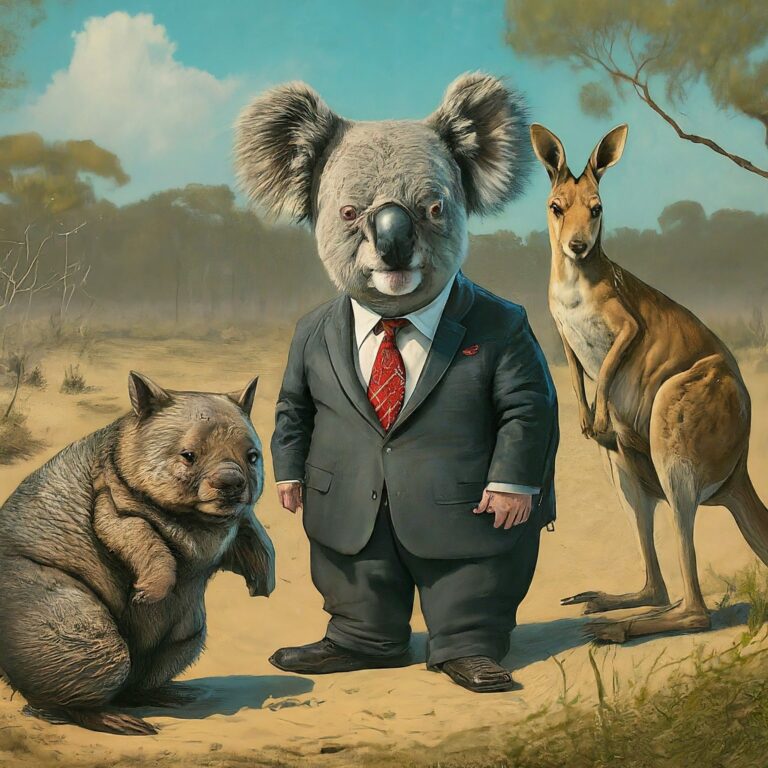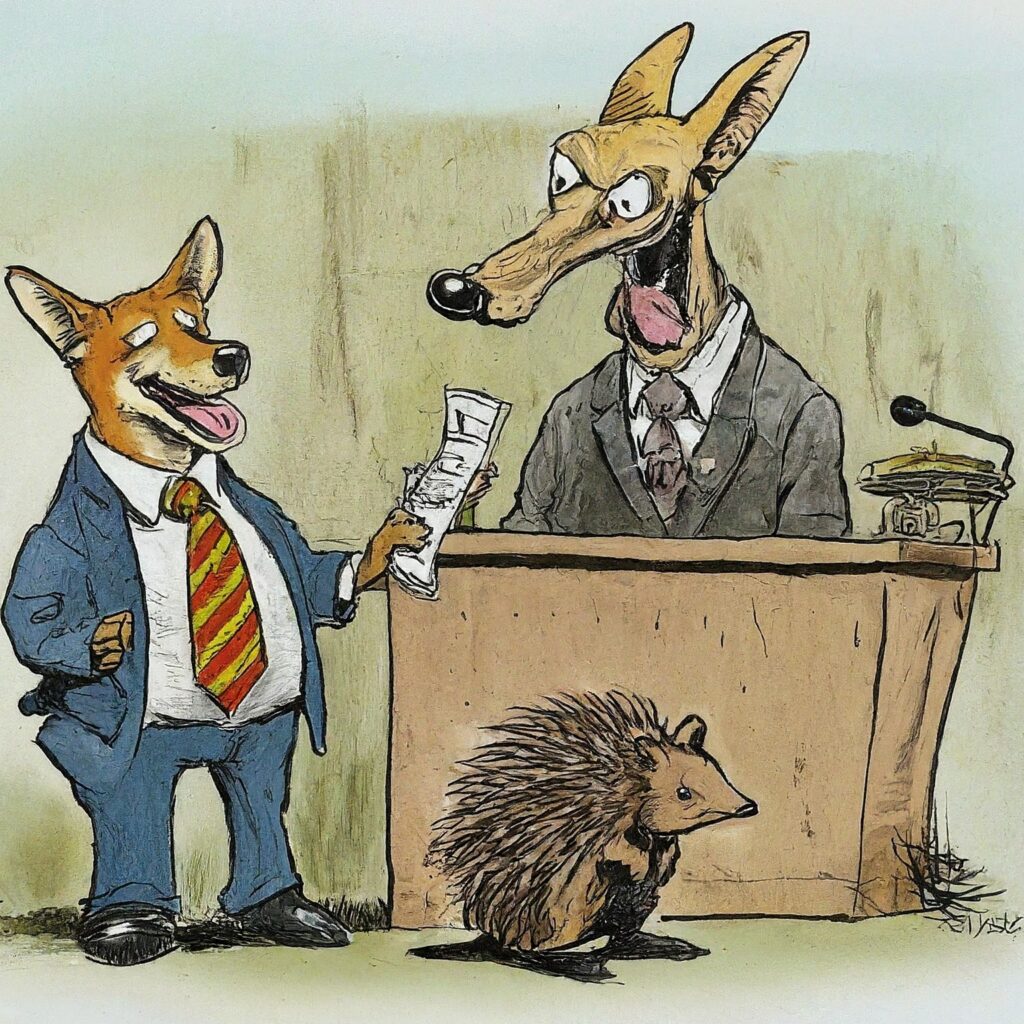

Cute Australian Mammals in Politics
Australia is a land of unique wildlife, with many species that are found nowhere else on Earth. Some of these creatures have become symbolic in various ways, influencing different sectors of society, including politics. But what drives these endearing animals from their natural habitats into the realms of political discussions and campaigns? Let’s explore the intriguing journey.
The Symbolic Power of Wildlife
Australia’s fauna, particularly its cute mammals, have an unparalleled charm that often makes them powerful symbols. Politicians and advocacy groups leverage these symbols to evoke emotions, drive conservation efforts, and even push political agendas. This trend is not new but has intensified with the growing importance of environmental issues and biodiversity conservation.
The Emotional Hook
Humans have a natural affinity for cute, furry creatures. This phenomenon, known as biophilia, explains why animals like koalas, wombats, and quokkas easily win our hearts. When these animals are used in political campaigns, they serve as emotional hooks that can significantly influence public opinion and voting behaviors.
Conservation as a Political Tool
Conservation issues have been central in many Australian political debates. Endangered species and their habitats become focal points for political parties aiming to display their environmental credentials.
Legislation and Policy
Several legislative acts are designed to protect Australia’s wildlife. These include:
- Environmental Protection and Biodiversity Conservation Act 1999 (EPBC Act)
- National Parks and Wildlife Act 1974
- Flora and Fauna Guarantee Act 1988
These laws are often at the center of political discourse, especially during election seasons, as parties vie to present themselves as champions of the environment.
Media Influence
The role of media in shaping public perceptions and political agendas cannot be overstated. The media has a significant impact on how wildlife issues are framed and discussed in the public sphere.
Documentaries and Campaigns
Documentaries and media campaigns focusing on endangered species often strike a chord with the audience. When these campaigns highlight the plight of cute Australian mammals, they not only raise awareness but also pressurize politicians to take action.
Political Mascots and Emblems
Animals have a long history of being used as mascots or emblems in political campaigns and movements. Australia’s lovable mammals are no exception.
Grassroots Movements
Grassroots movements often adopt animals as symbols of their cause. Whether it’s fighting against habitat destruction or advocating for sustainable practices, these animals can encapsulate the movement’s values and rally supporters.
Political Parties
Some political parties and candidates use these animals in their logos or marketing materials. This strategy not only helps in creating a recognizable brand but also emphasizes the party’s commitment to environmental issues.
Tourism and Economics
Tourism is a significant sector in Australia, and its wildlife is a major attraction. The economic value attached to these animals adds another dimension to their political significance.
Economic Incentives
Regions that are home to popular species often receive government support to boost tourism. These economic incentives become vital discussion points in political strategies and can sway public opinion and votes.
Sustainable Practices
Politicians are increasingly advocating for sustainable practices that protect wildlife. The economic benefits of a thriving ecotourism industry are often touted as arguments for stronger environmental regulations.
The Future of Wildlife in Politics
As climate change and biodiversity loss continue to pose significant challenges, the political relevance of Australia’s cute mammals is likely to grow. They will remain central to conservation efforts, media campaigns, and political rhetoric.
Next Steps
For this trend to have a lasting impact, several actions are needed:
- Stronger Environmental Laws: Enhance existing legislation to provide more robust protection for wildlife.
- Public Engagement: Promote educational programs to raise awareness about the importance of conserving these species.
- Global Cooperation: Work with international bodies to tackle issues like climate change and habitat destruction, which affect wildlife globally.
Conclusion
Australia’s cute mammals have transcended their roles as mere wildlife to become powerful political symbols. Their enduring appeal ensures they will continue to influence political agendas, conservation efforts, and public opinion. As we move forward, it is crucial that we harness this influence to promote policies that protect our natural heritage and ensure a sustainable future for all.